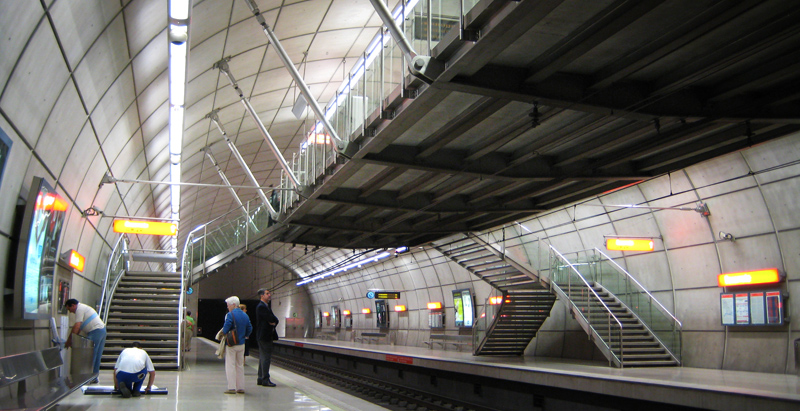The SBS Mezzanine inputs act as a tool to pass along complete and necessary information to your estimator. Having this information ensures that you receive your pricing back in a timely manner! We all want that.
Jenny Arrowood, Sales Engineer at Star Buildings, discusses the two loads to understand for mezzanine loads.
The most influential factors in your mezzanine pricing are member spans, mezzanine loads, and required clearances. The more restrictive the clearances are, the greater the impact on your mezzanine framing. Knowing the maximum available or required clearances above and below your mezzanine will get you the most accurate design and cost effective pricing.
Another factor in mezzanine pricing is the loading required. The higher the loads are, the greater the impact to the cost of the mezzanine. There are two primary types of loads: dead and live.
Dead loads
Dead loads are the self-weight of the mezzanine structure, i.e. the weight of the mezzanine joists, beams, decking material and floor systems, etc.
Dead loads can largely vary depending on the deck material. For example, the typical dead load for a plywood deck is about 1 psf for every ¼” of thickness. Meaning for a 1” plywood deck, the dead load would be about 4 psf. In contrast, a normal weight concrete deck is about 12 psf for every 1” of thickness. For a 4” concrete deck, you will have a 48 psf dead load.
Live loads
Live loads are a result of the expected mezzanine use and consider the weight of people, furniture, mechanical units, or anything else that will be supported by the mezzanine.
The building code has a minimum load that is required for every mezzanine use. For example, the code minimum for a light-storage mezzanine is 125 psf. For an office with no hallways, the minimum is 50 psf. That’s a 75 psf difference!
Another type of live load required on mezzanines is called a partition load. The partition load accounts for any walls, or partitions, that will be supported by the mezzanine. A minimum of 15 psf partition load is required per the building code unless the mezzanine live load is 80 psf or greater and partitions will not be installed.






